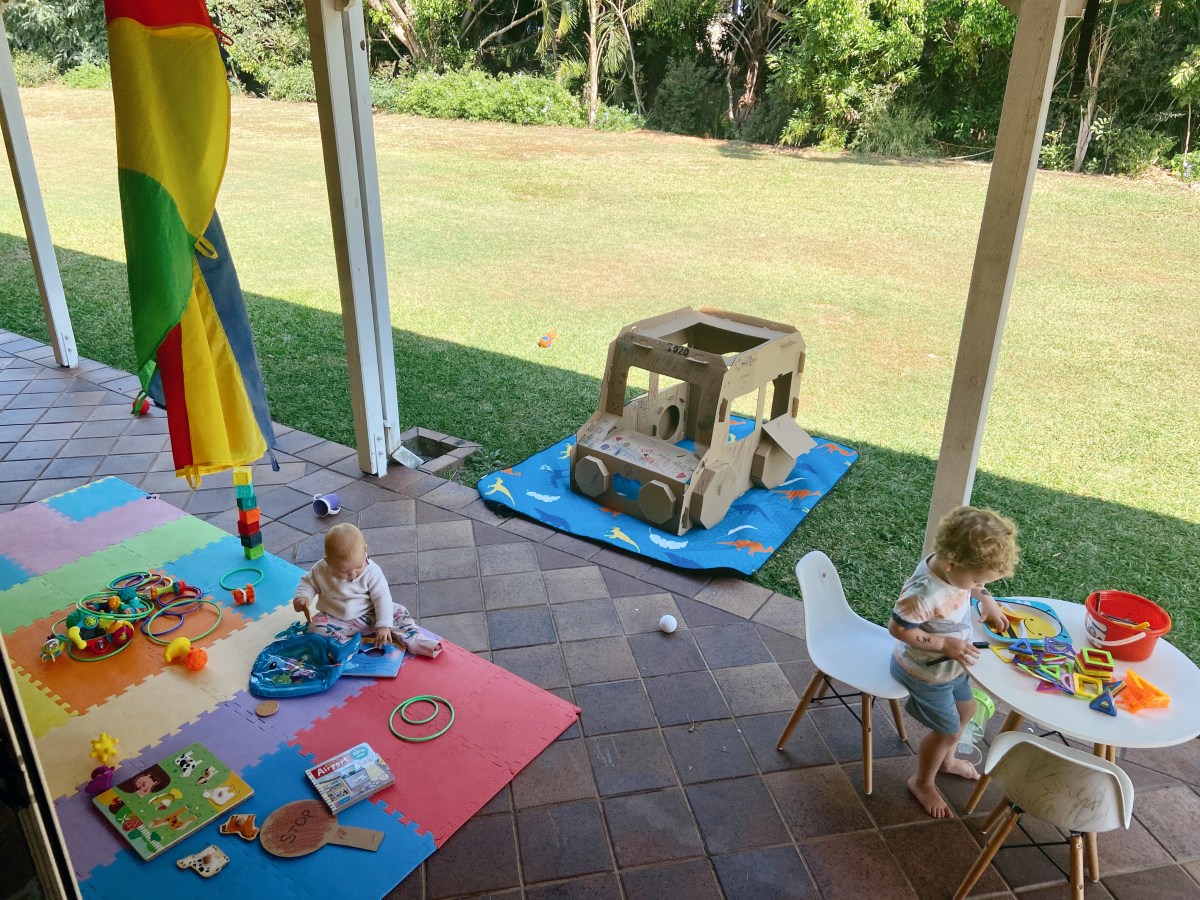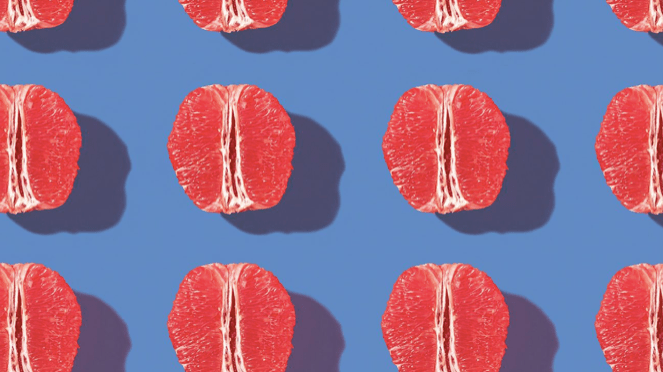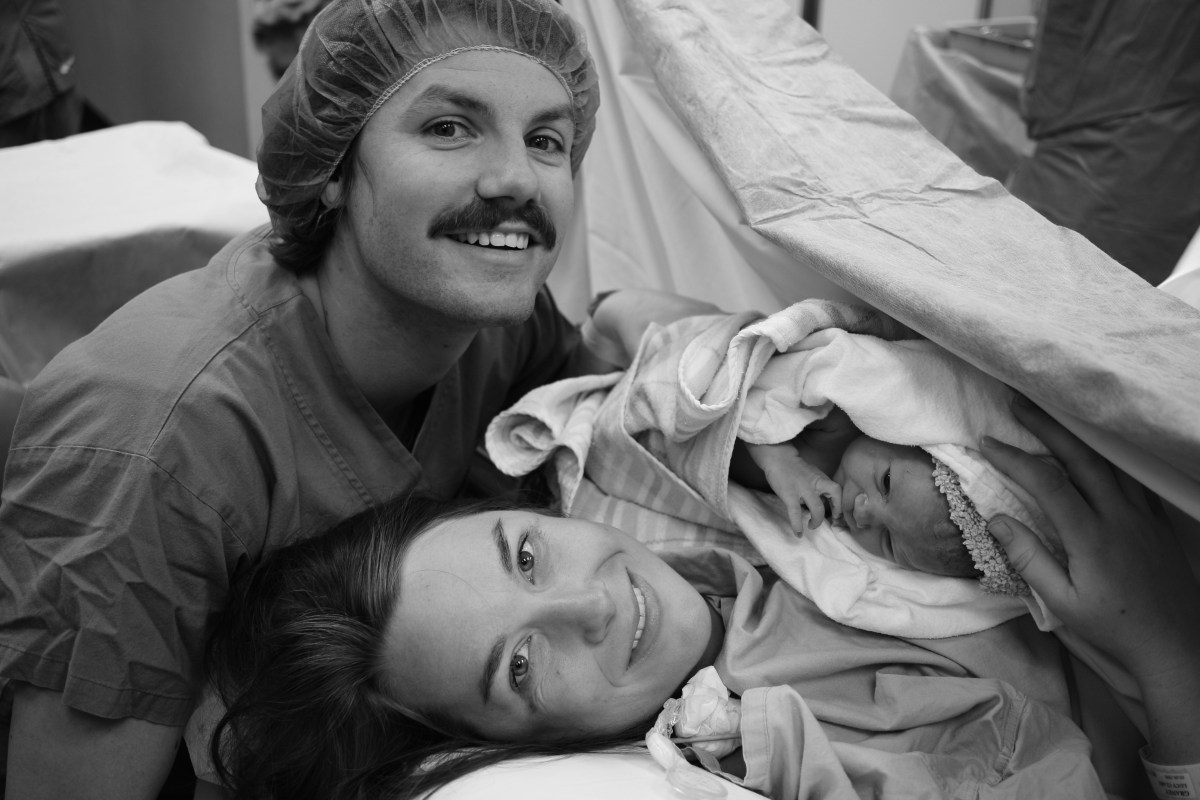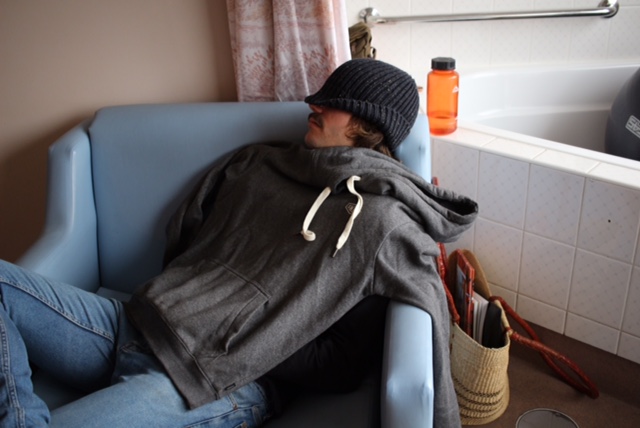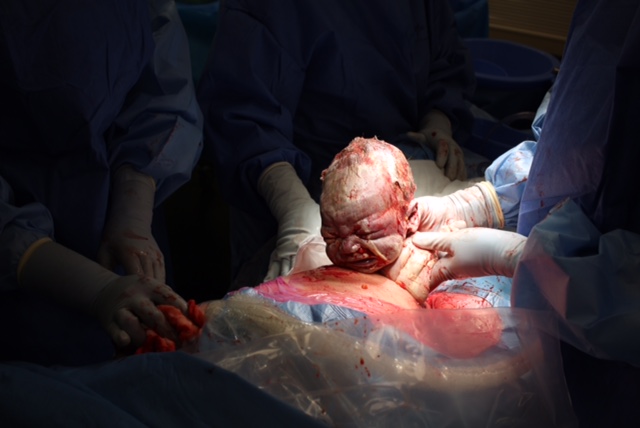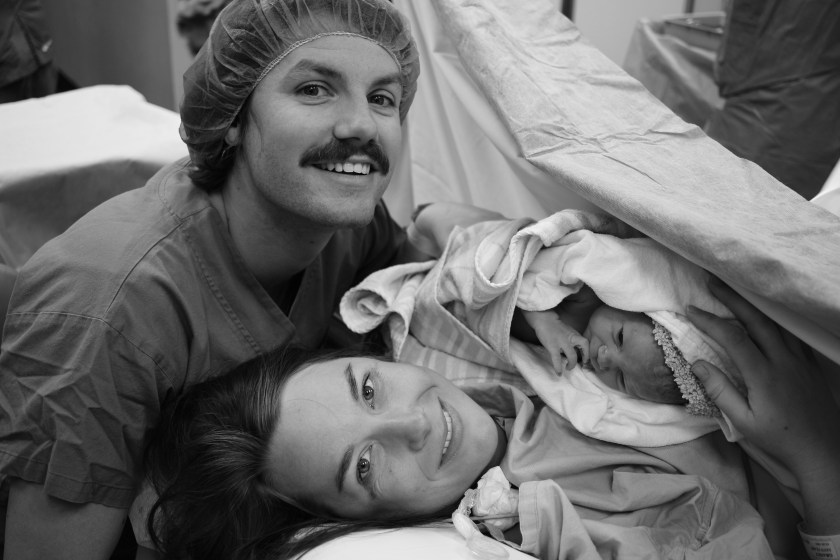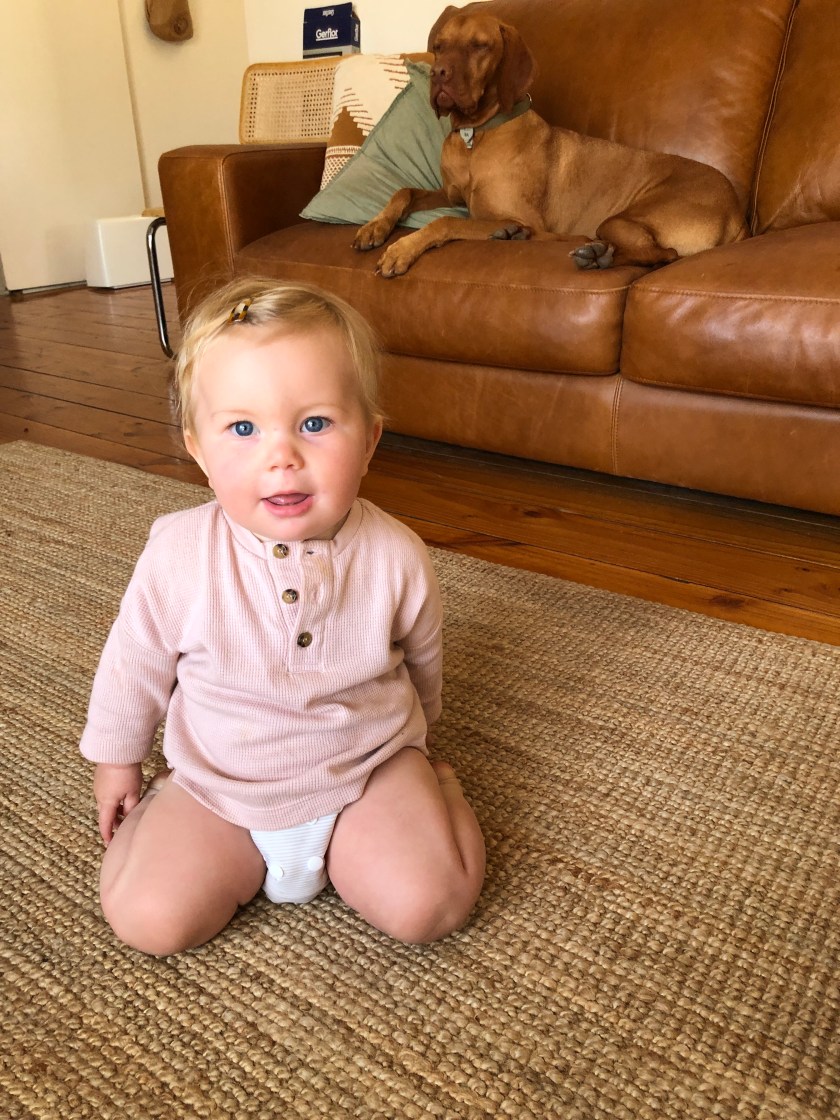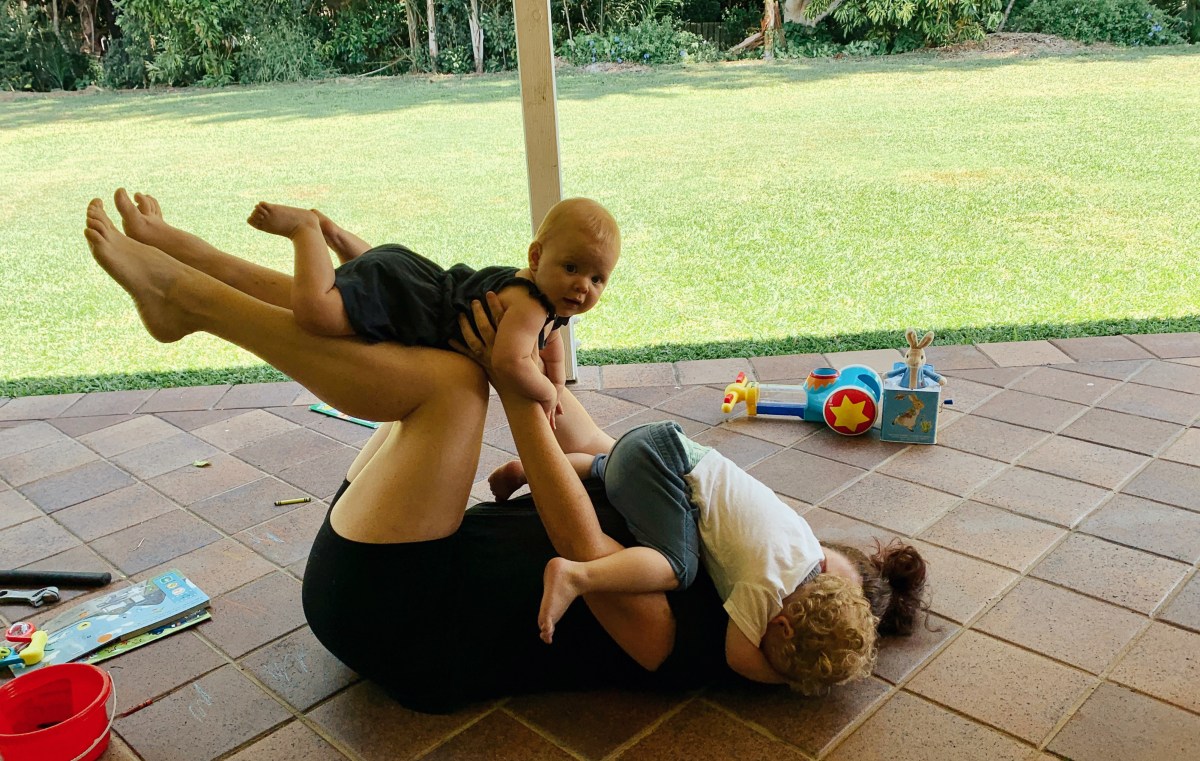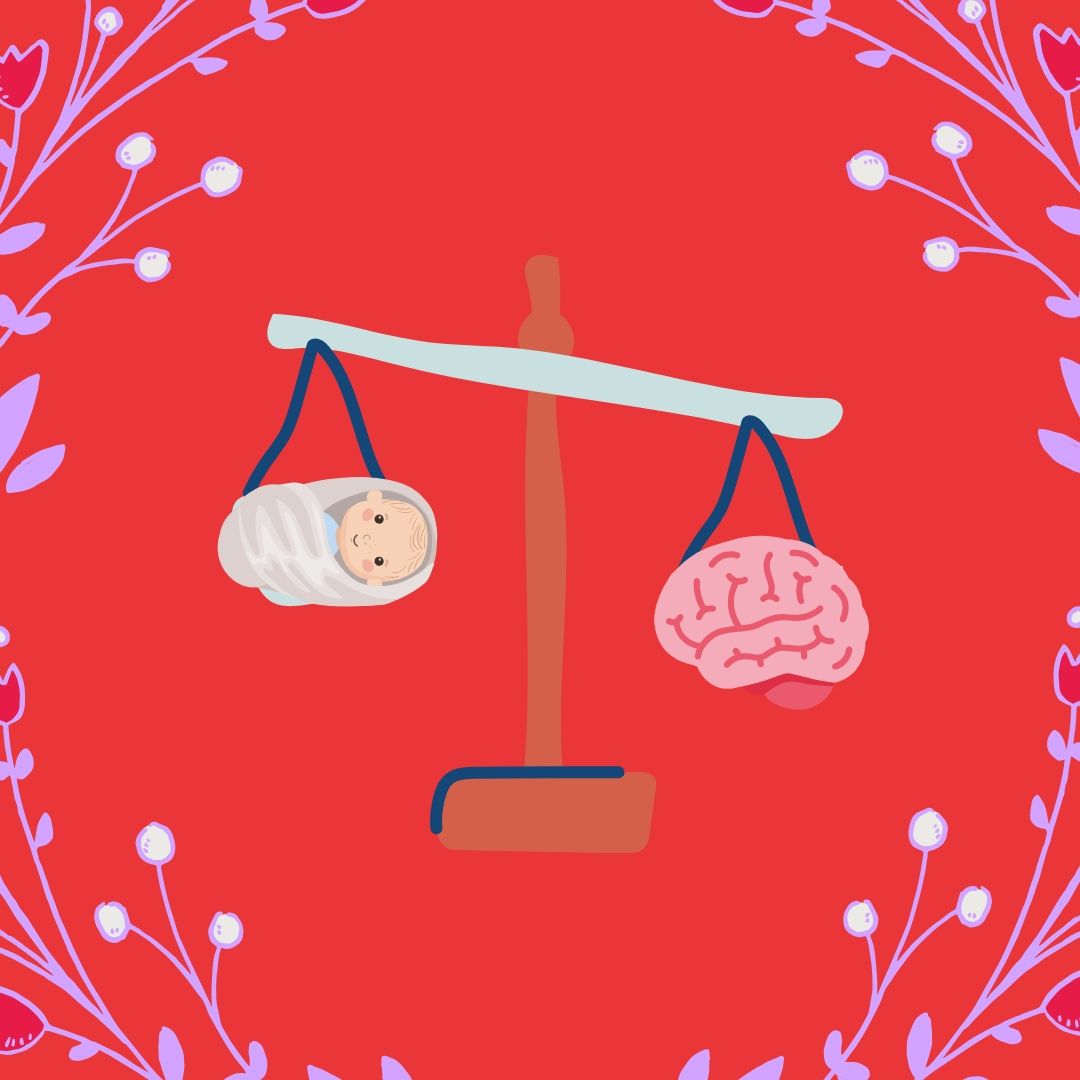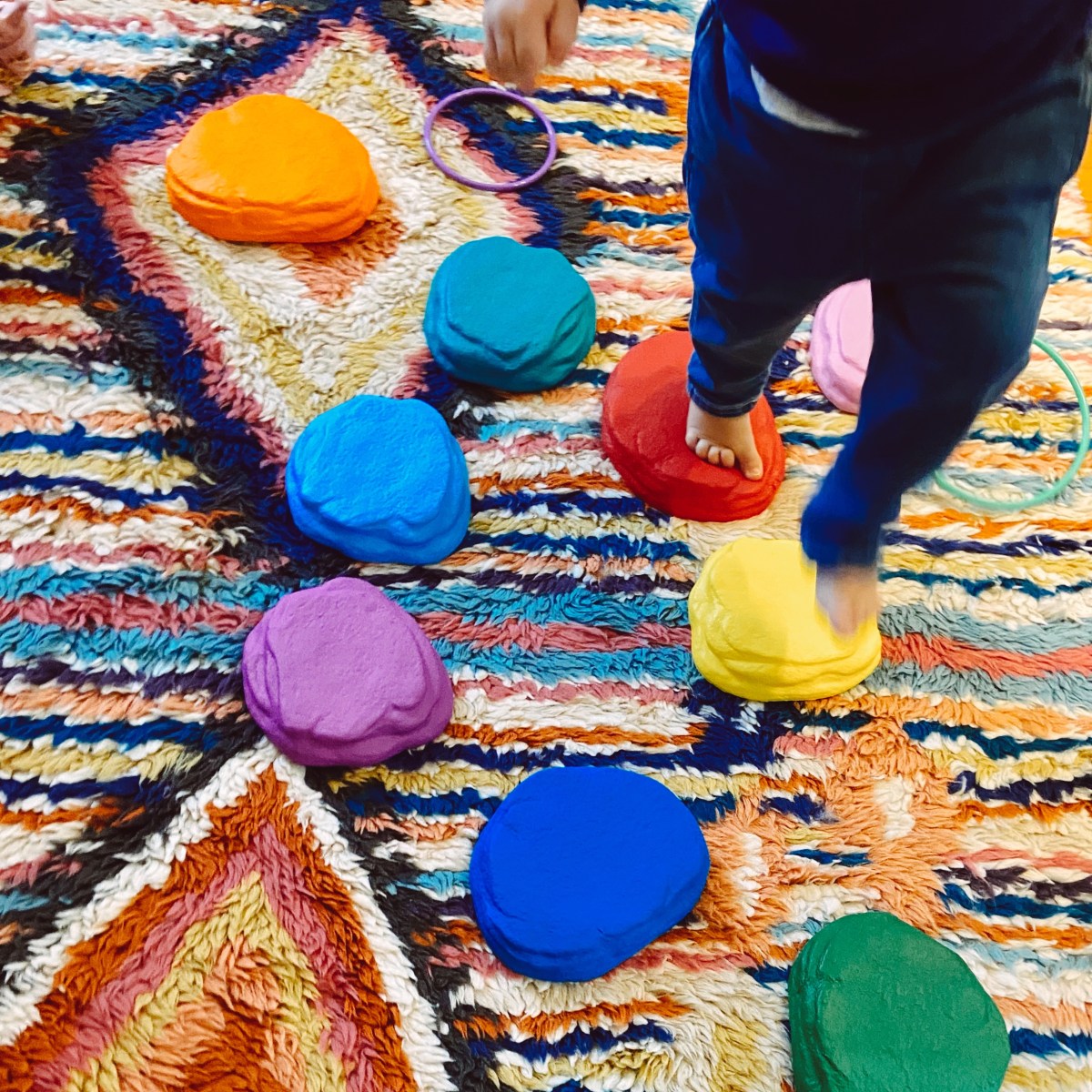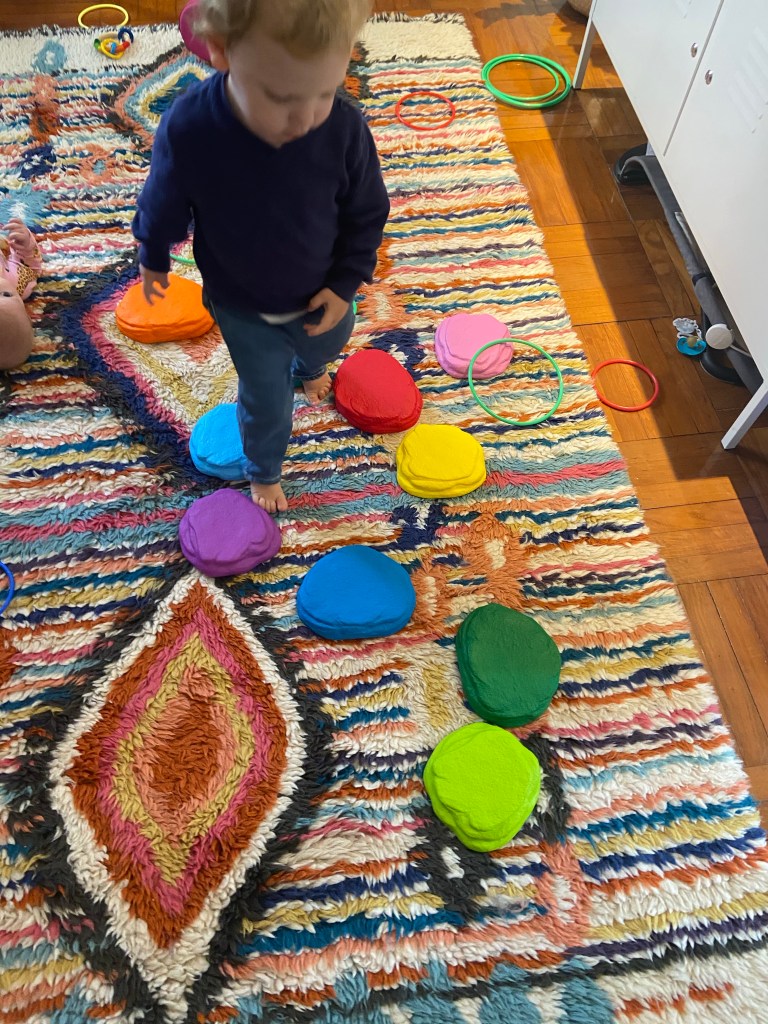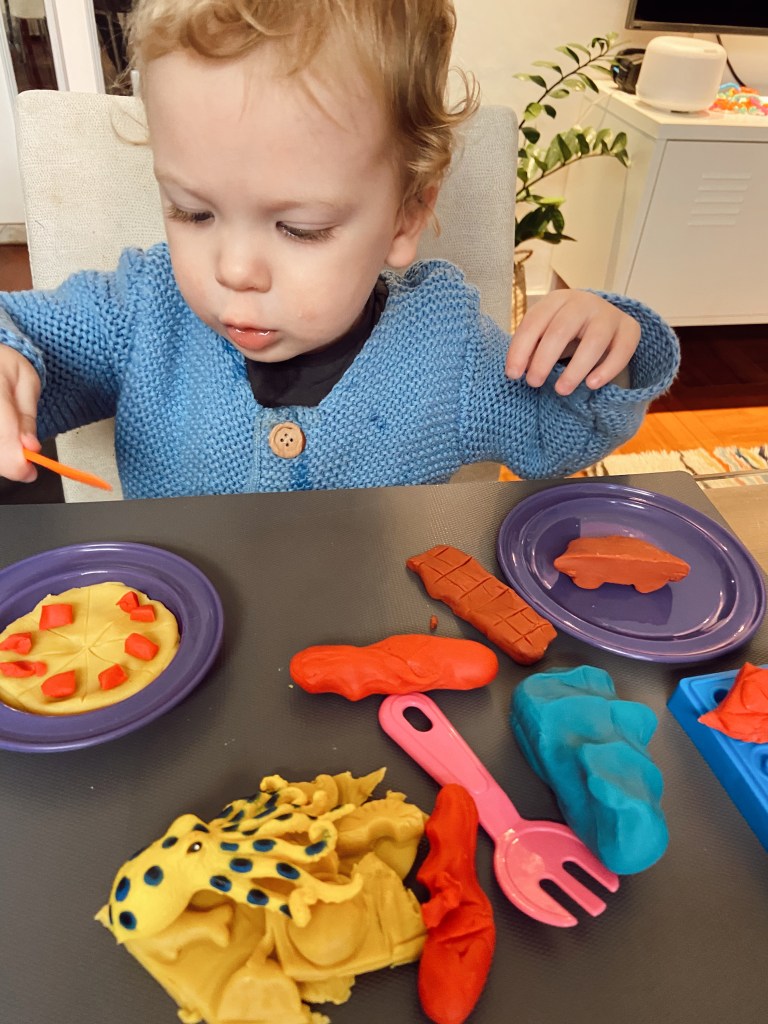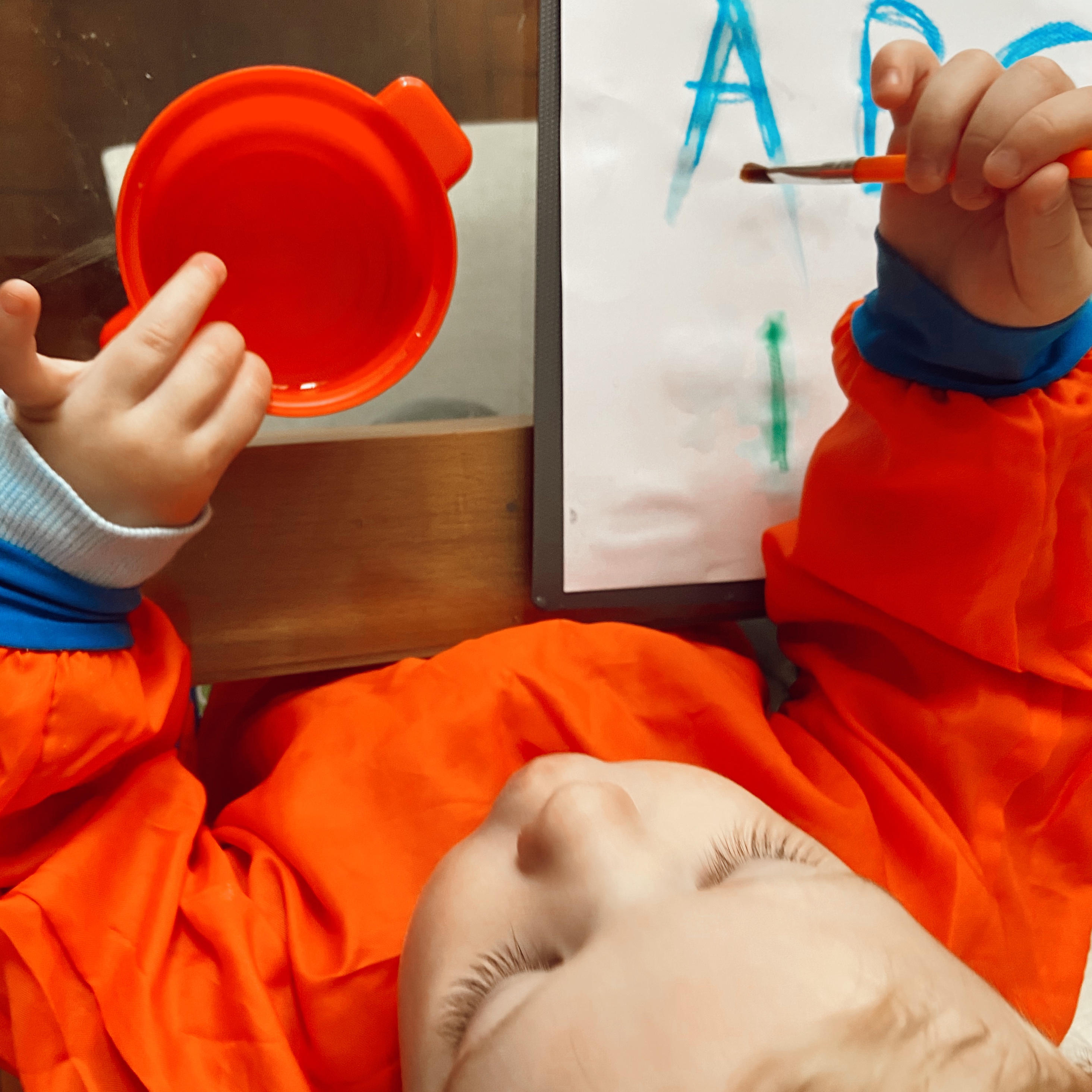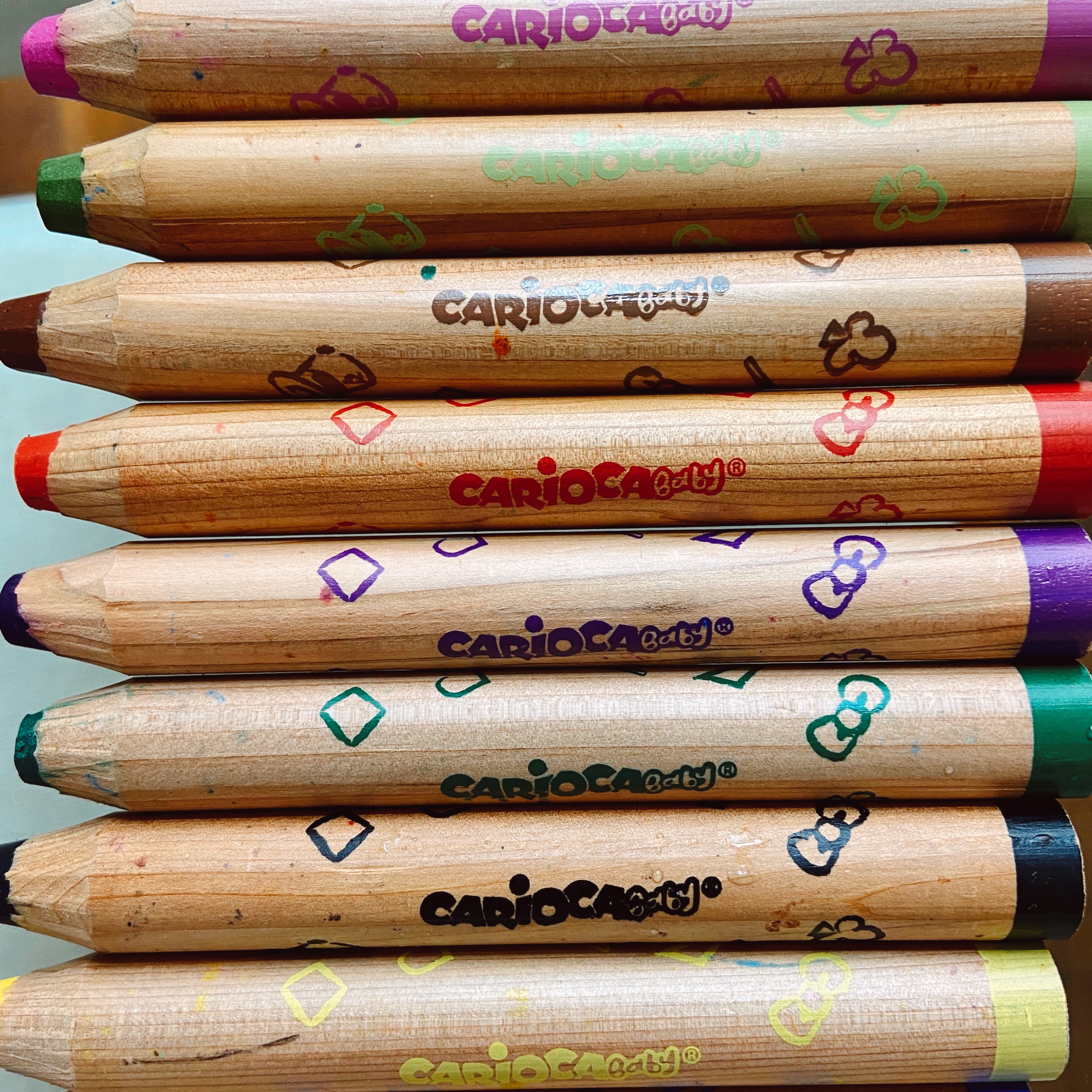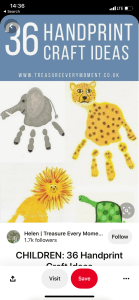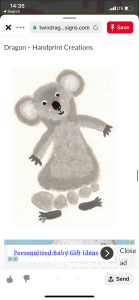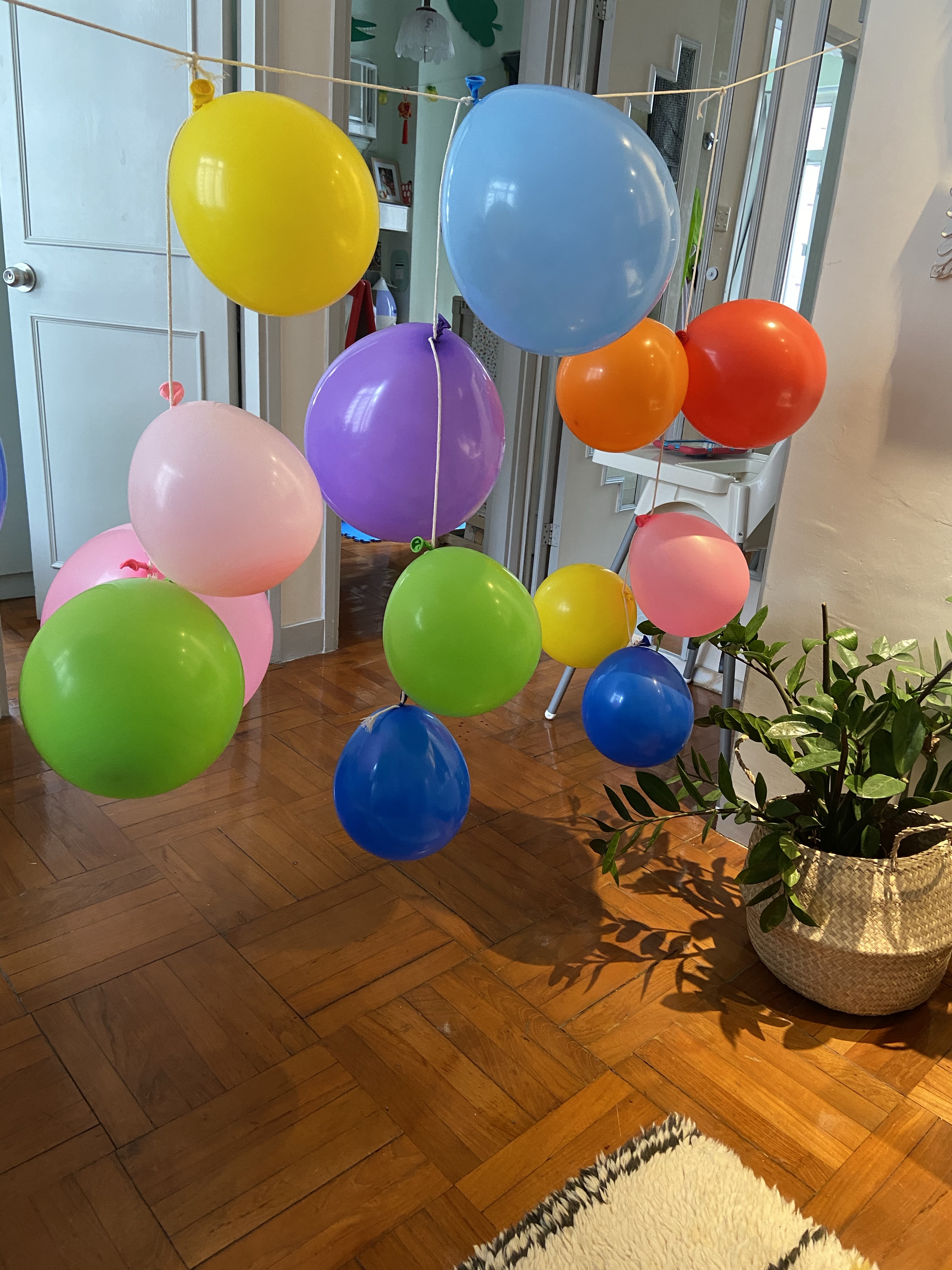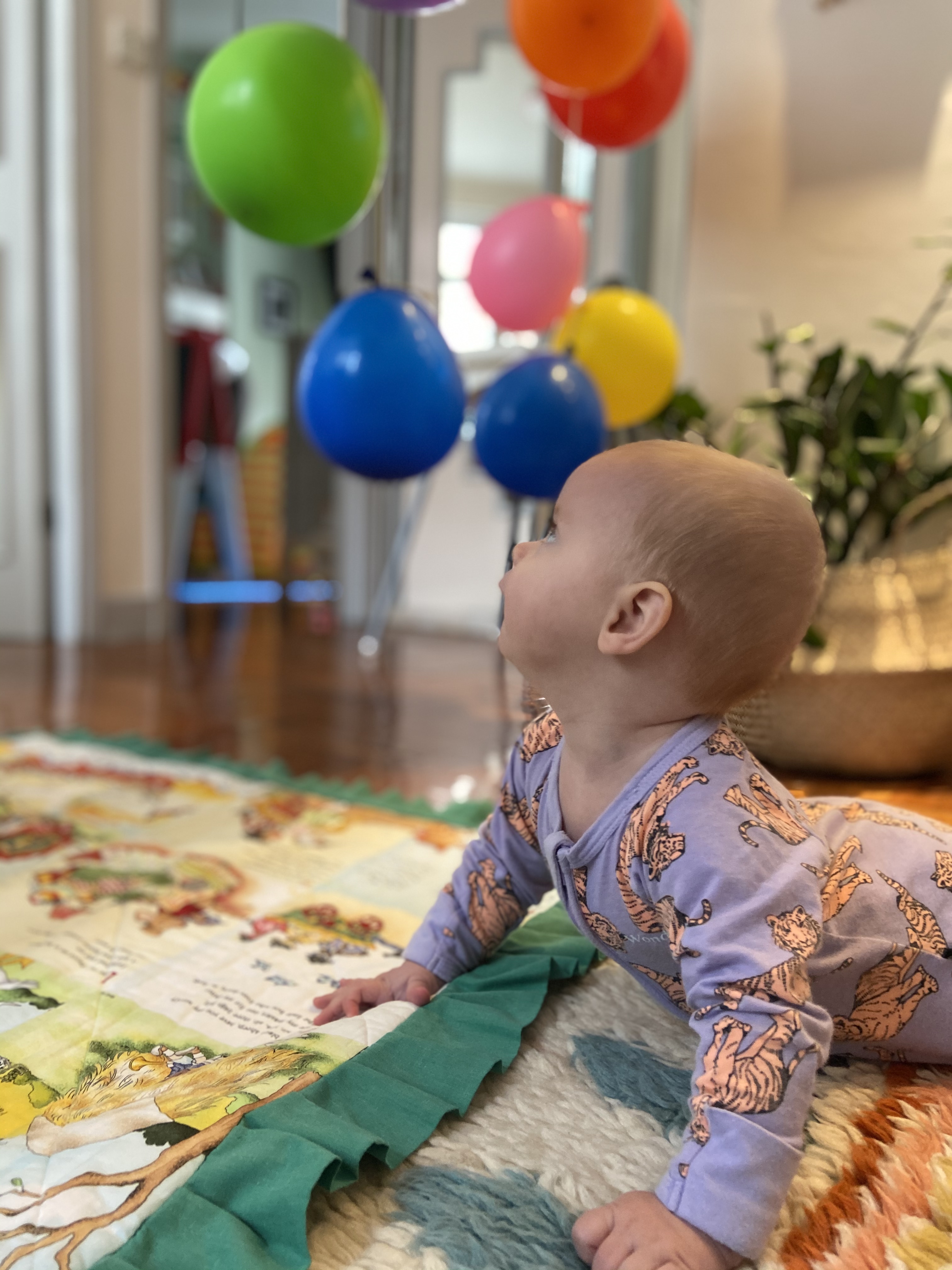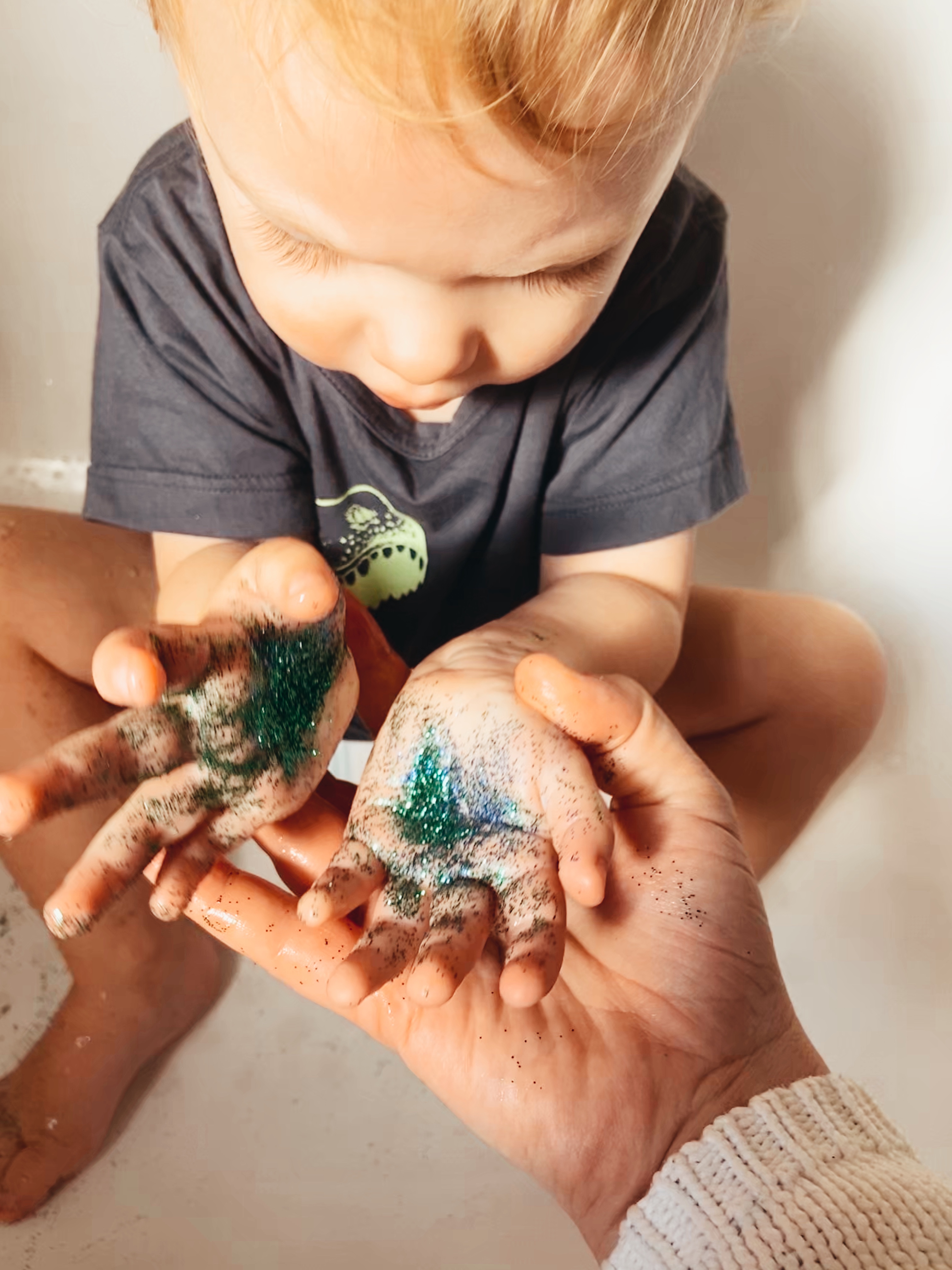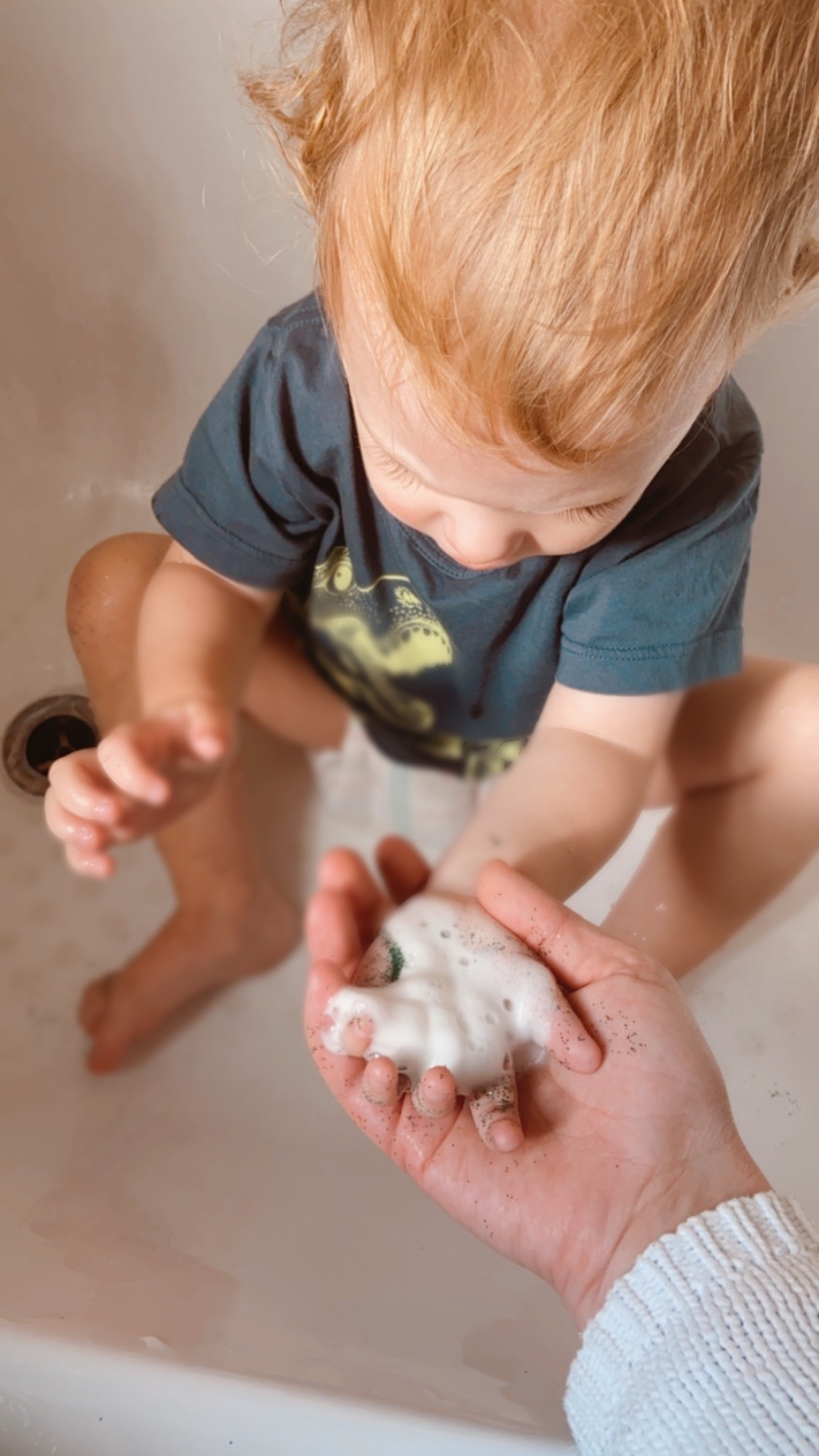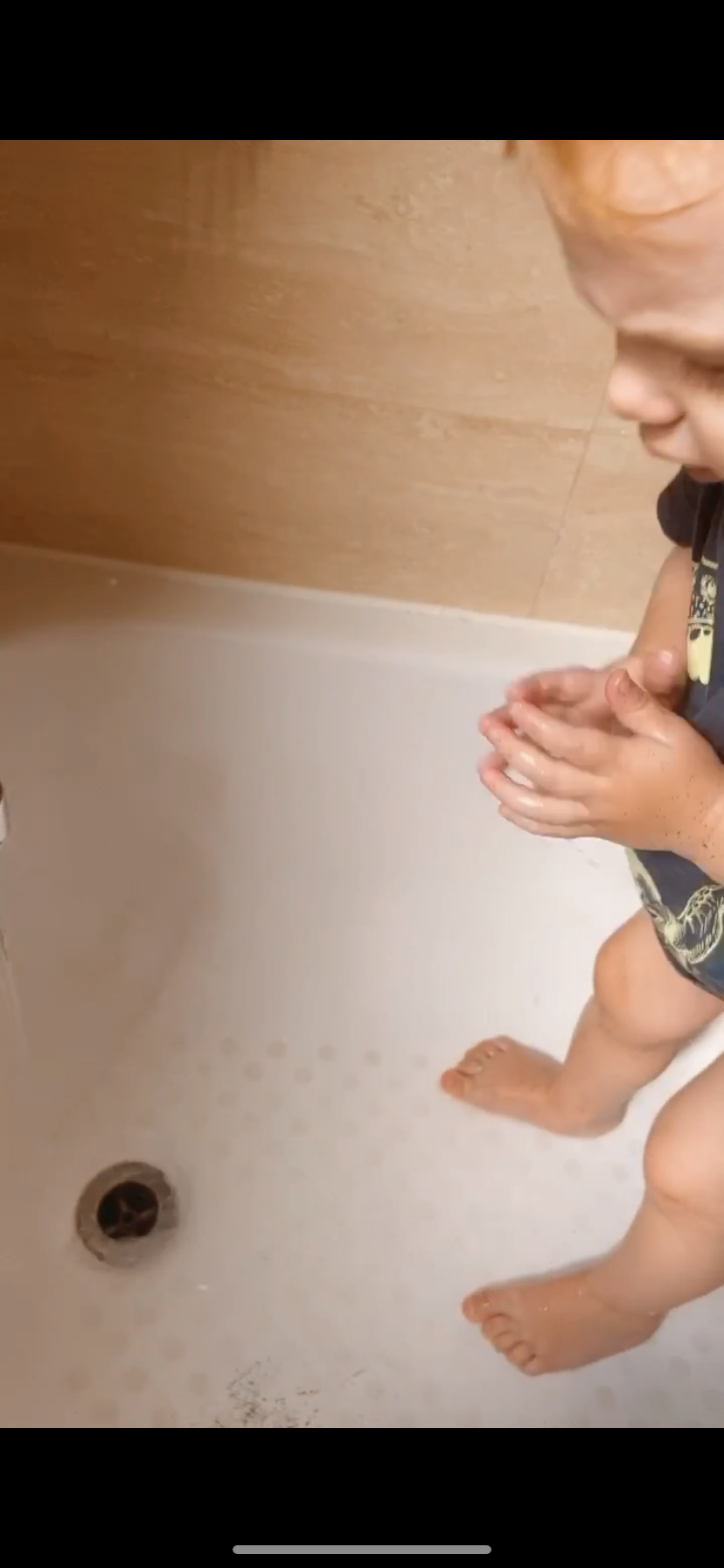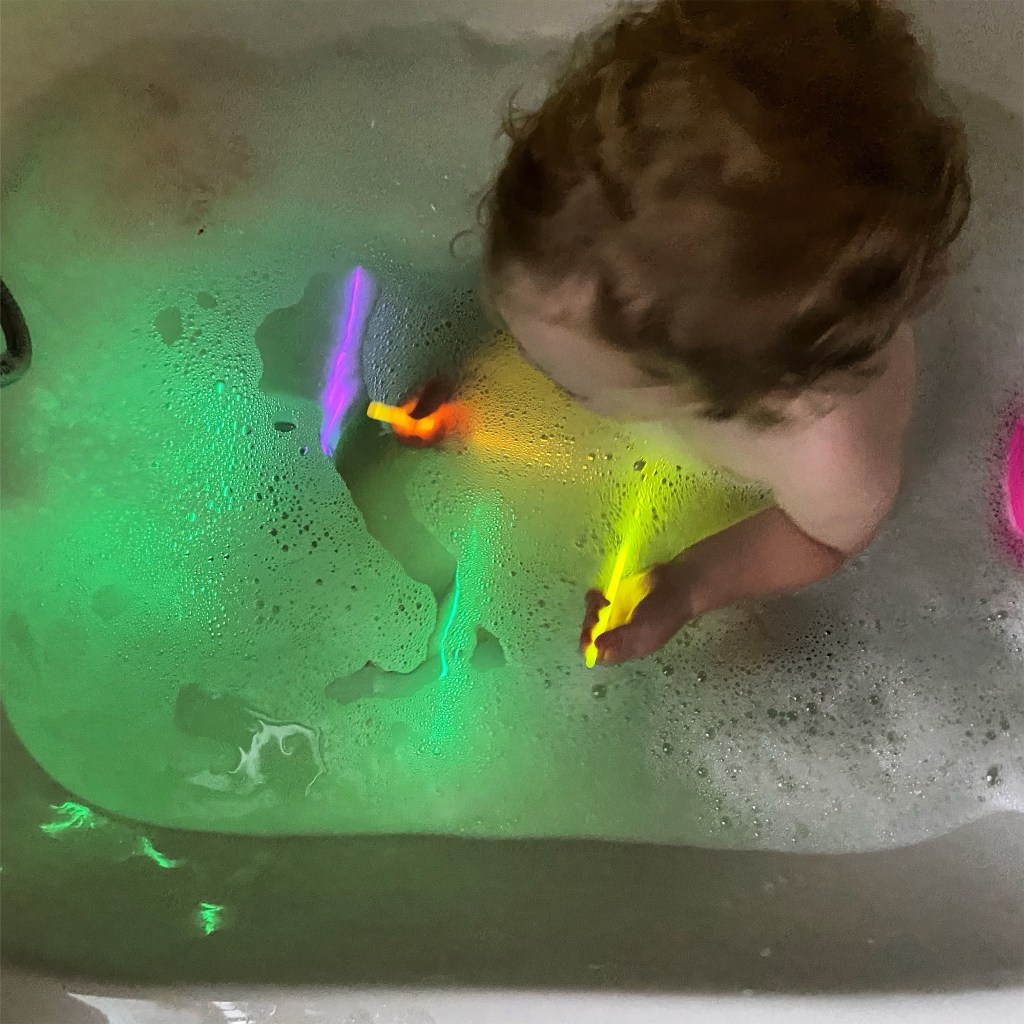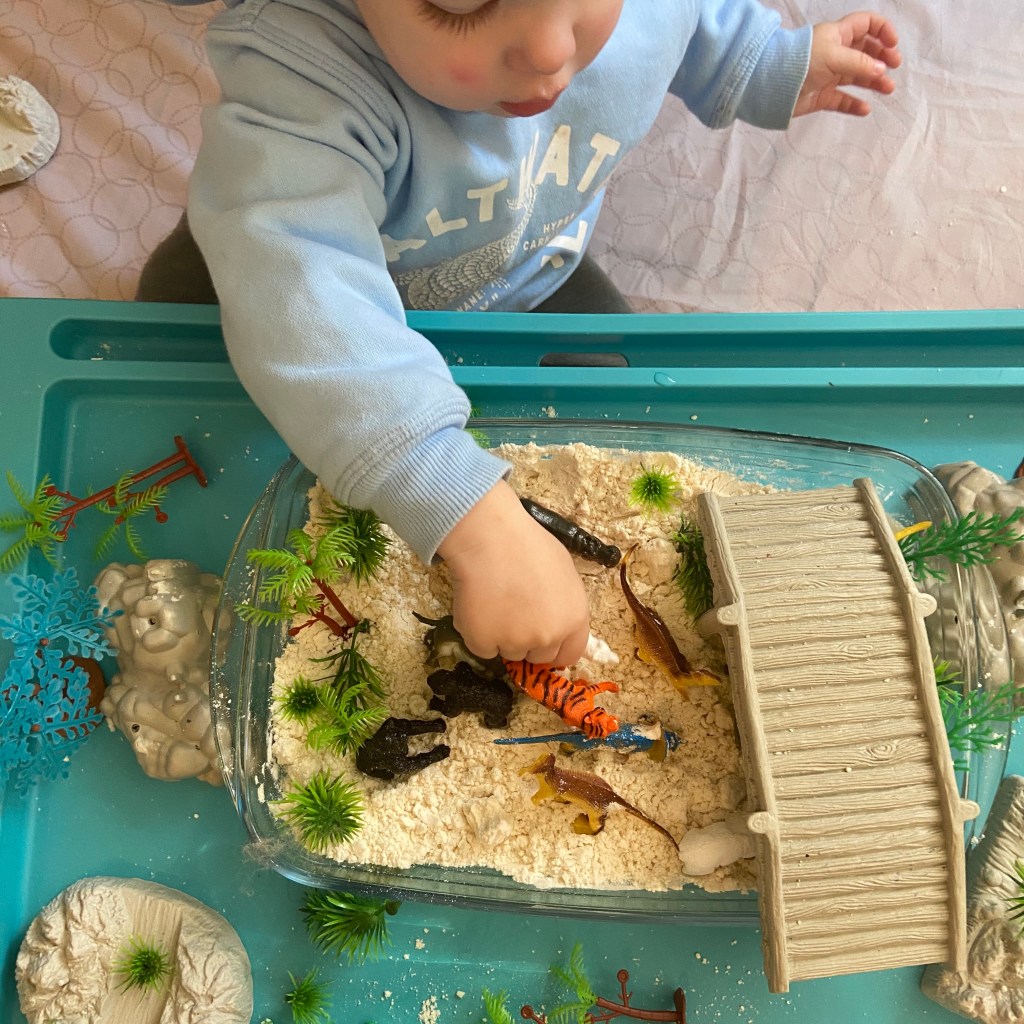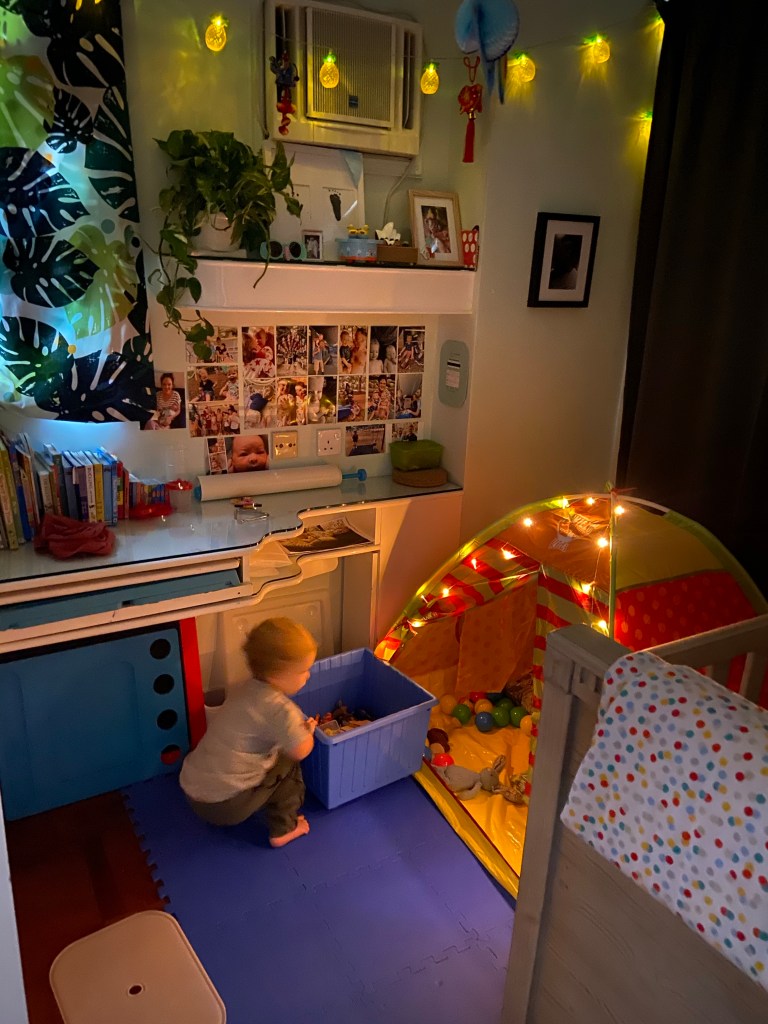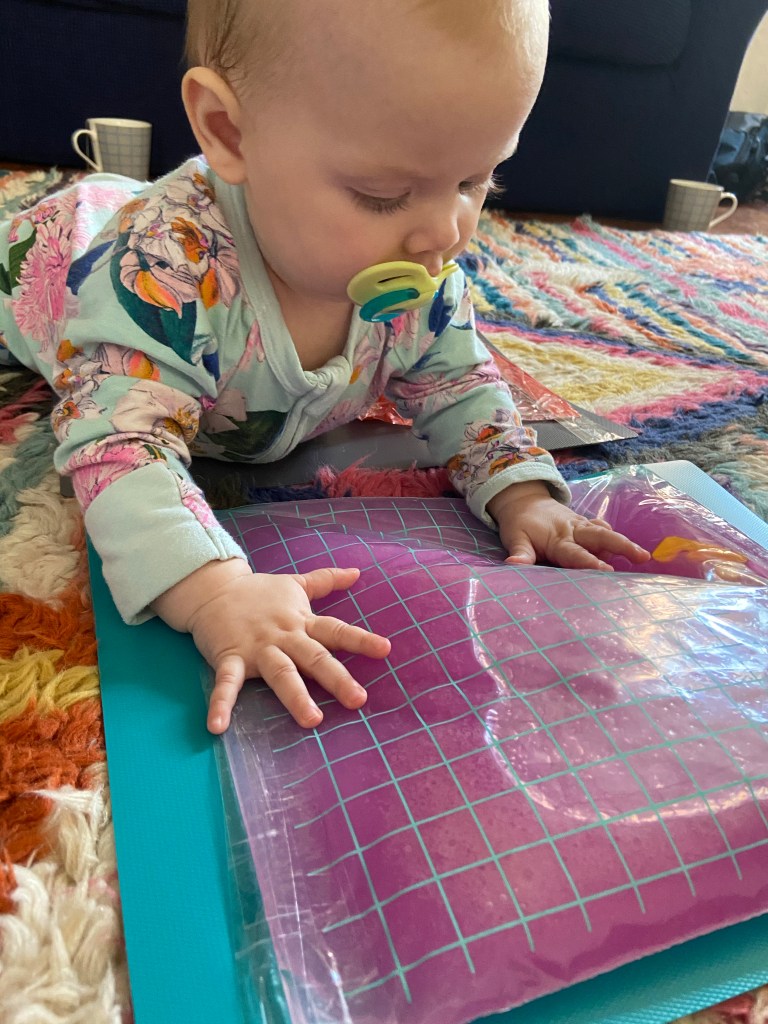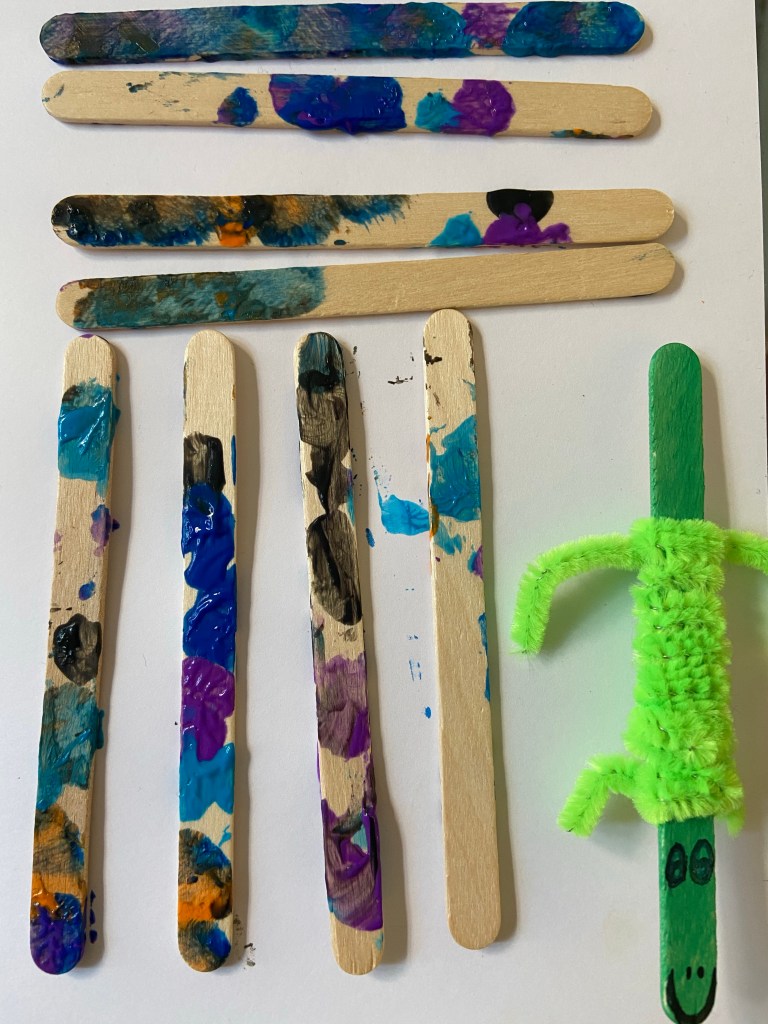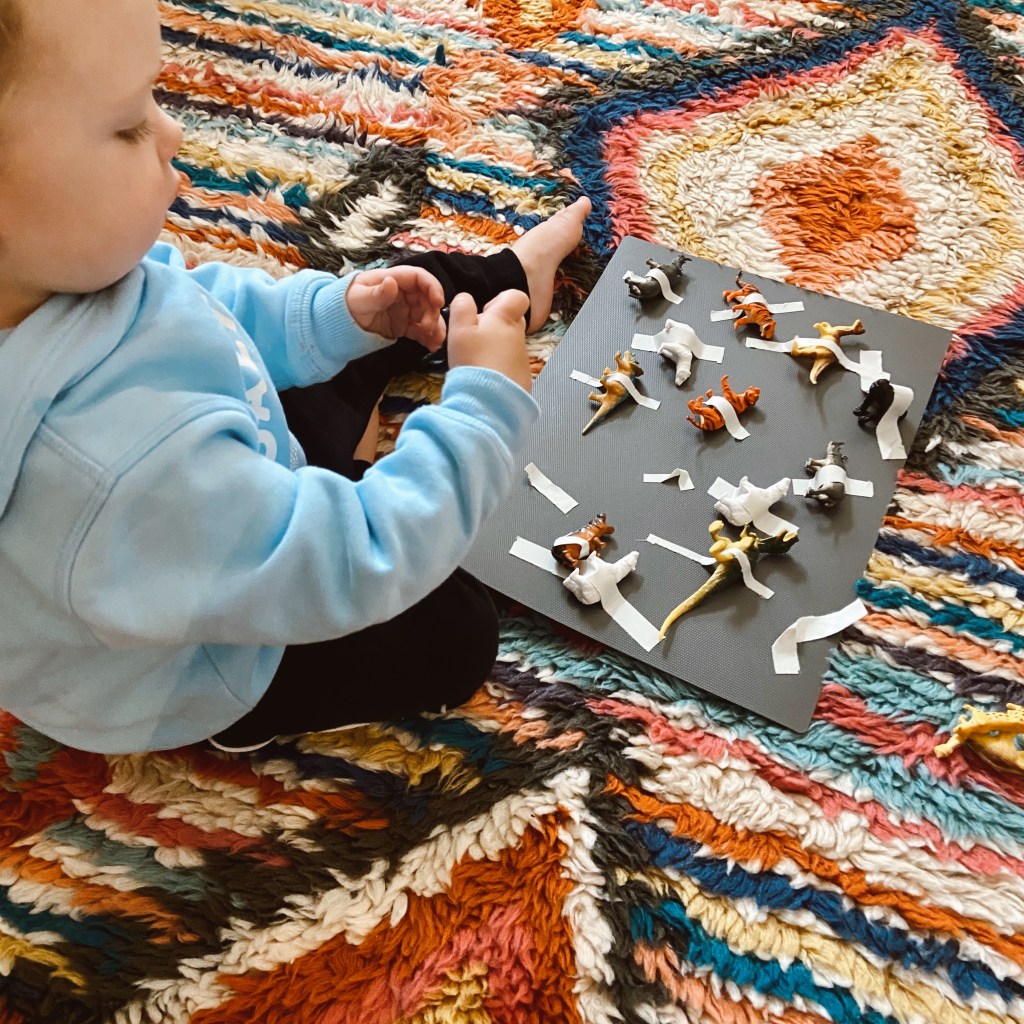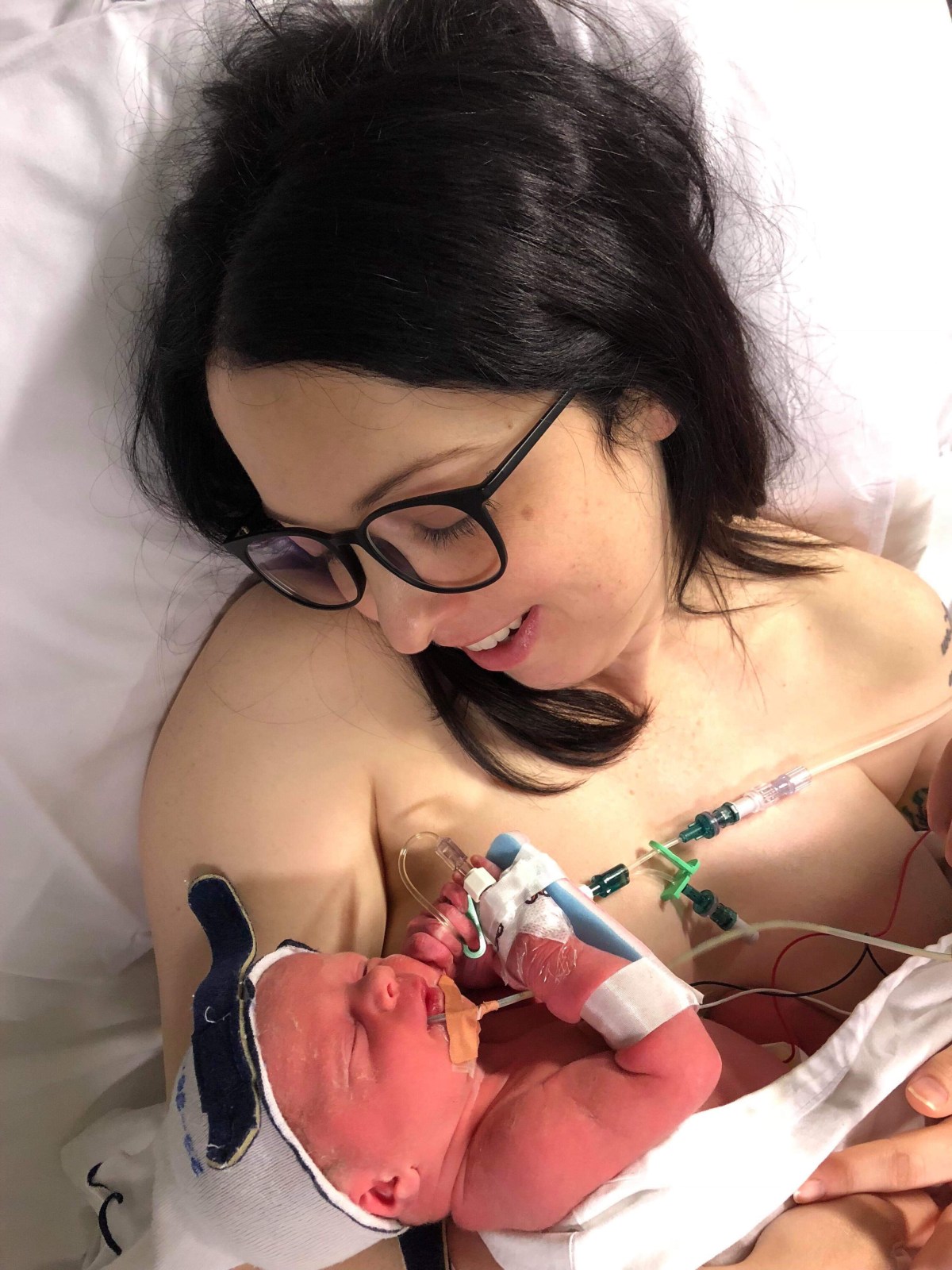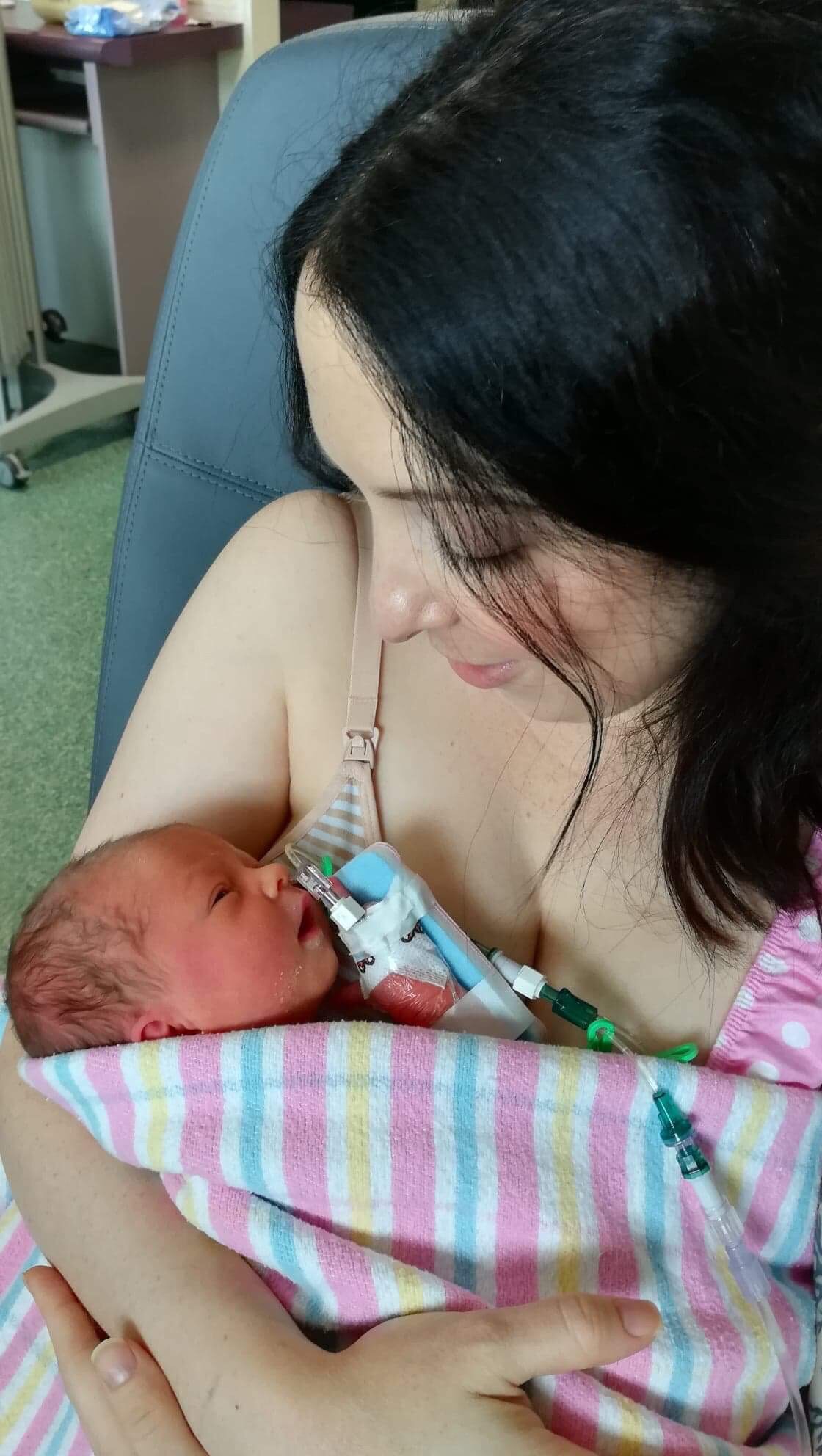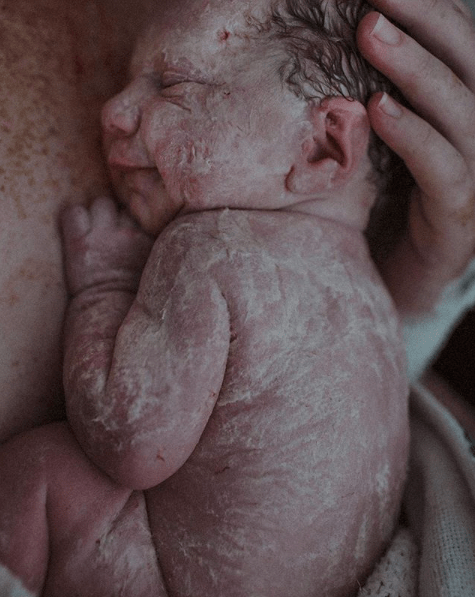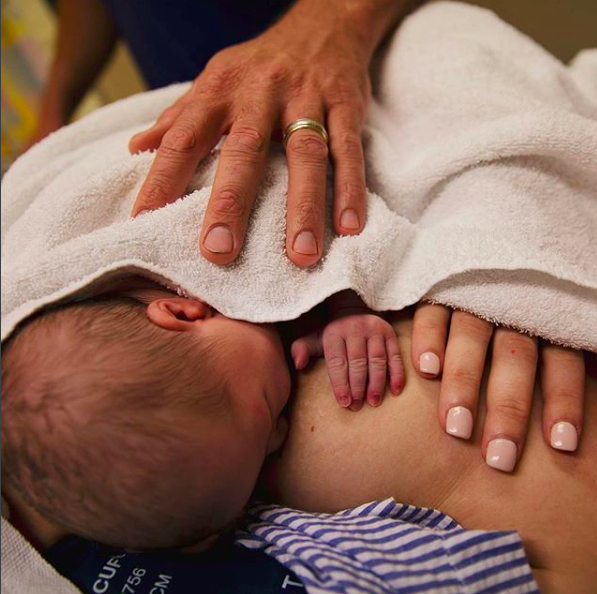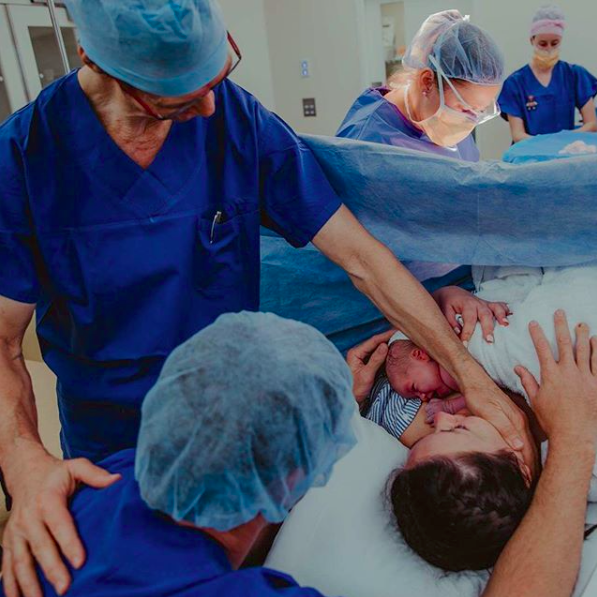To my two wee babies – the past two and a bit years with you both has been a wild ride. Some days have felt like survival, others I’ve blinked and the sun’s going down, we’ve had so much fun together. You see, at the moment we’re all at home during the global pandemic due to a Coronavirus called Covid-19.
We’re glued together almost all day… everyday… which has set the tone for a slower pace of life with ample moments of reflection (amidst the crayons and playdough) reimagining the future, for me as my own person, but also for us as a family.
Being and learning to be your mama is both an incredibly huge and daunting task and yet thrilling all in one. It seems preachy in my short life so far, to be passing on the lessons I have learnt, yet it’s inadvertently I guess our job as parents everyday to help pass down some of our tools, so you can learn to shape how you see the world that little bit more clearly than we have done before you.
So here’s a few things I’ve learnt so far, in my almost 29 years.
- Follow fun – but remember all decisions have consequences. Fairly self explanatory, but please…always wear a helmet, a seatbelt and eat before you drink! I don’t doubt your lives will be full of fun, judging by your already strong personalities.

- Don’t shy away from challenges, seek them! In the time you both have been Earthside, we’ve lived overseas and jumped around a bit, away from family (Ivy you were born on our crazy adventure in Hong Kong), working hard to achieve goals as a couple, as parents but also for myself. Moving overseas without the support safety net of family was a scary thought with an 8mth old (that’s you Syd!) at the time, yet we knew we had so much to gain from the experience (revise lesson 1, again). During this time we made fabulous friends, I wrote for a magazine (the opportunity came about 9 days after you were born, Ivy, something I had never envisaged myself doing) and learnt I could juggle more than I knew I could. This is me writing my first article…in my undies (it was about your birth, Ivy!)
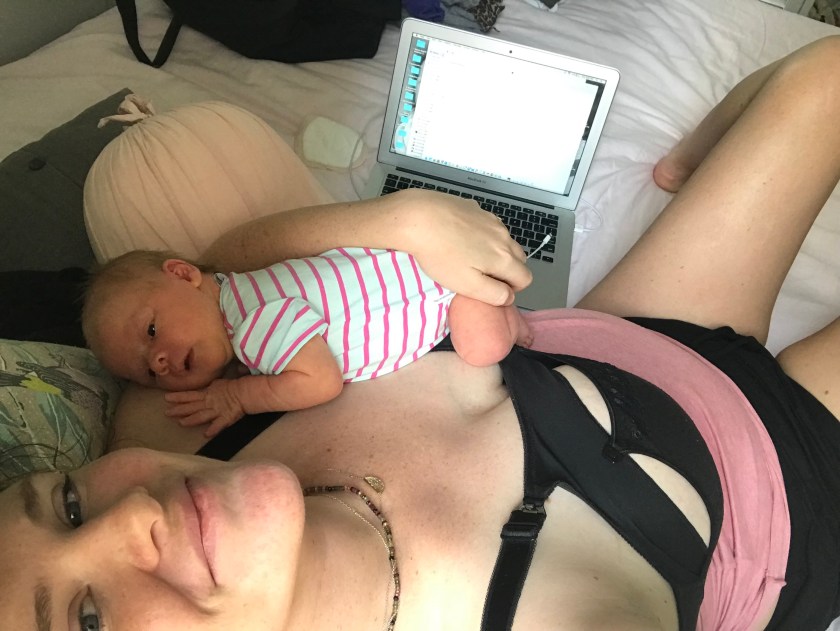
- Everything happens for a reason, and in the shitty moments trust the path will correct itself.– So that amazing overseas adventure and opportunity for us all stopped very suddenly after the social unrest and covid-19 continued to wreak havoc with Dad’s work. This could’ve sent us into a spiral with lack of uncertainty around careers, displacement of where to go/live/work; but it didn’t. We saw it as a sign to head back to Oz for a bit and reassess. In doing so we’ve been able to re-embrace family (from a distance) and have again seen the best in people and family having been able to stay at your great Aunty and Uncle’s whilst they are down the coast, gifting us the luxury of space during these trying times of isolation. Silver linings… always look for them. What will be will be … and at the end of the day, there are factors outside of your control, just trust, moving forward, you’ll see the opportunities as they arise to correct them.
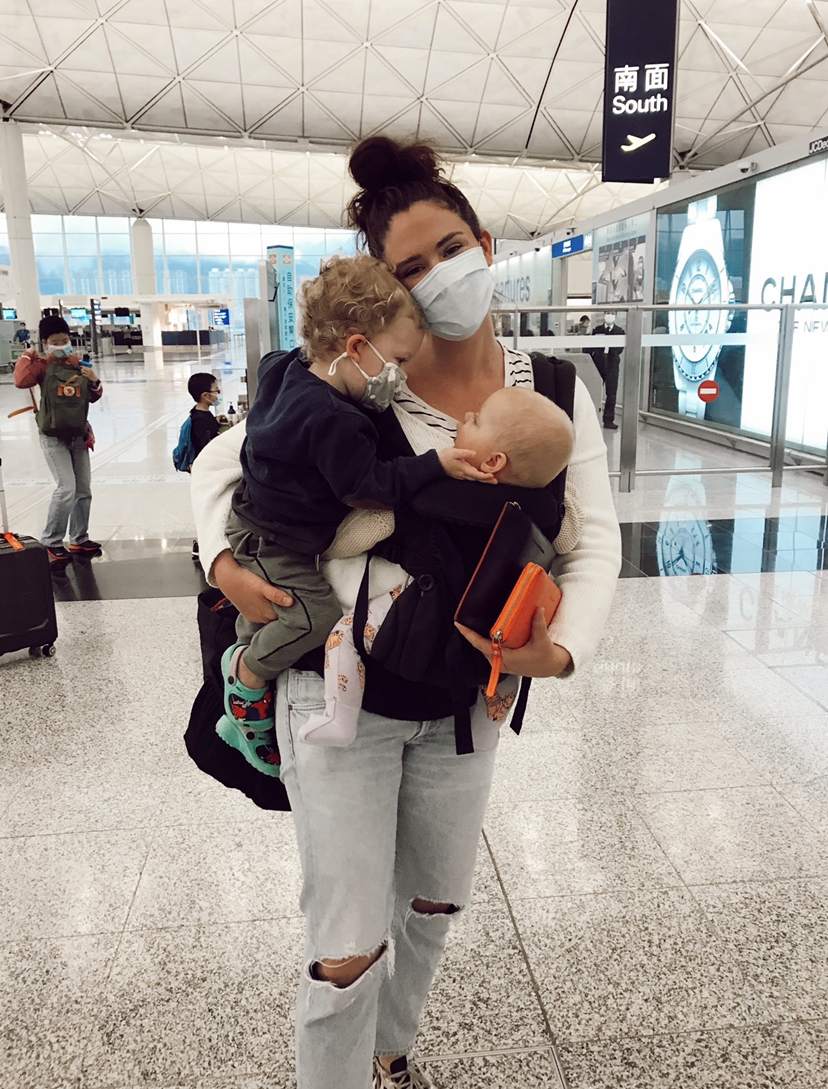
- Do more for the planet than I feel we’re doing.This year has seen mudslides in Brazil, a locust infestation in Pakistan, earthquakes in Turkey and Brazil and on our home soil devastating bushfires, floods and a continued drought. Our Earth is hurting, and the trajectory isn’t one we should be proud of. There were terrible bushfires throughout Australia at the beginning of this year. Basically as the ash settled the world caught the virus we are currently staying home for. This moment of pause is the Earth’s opportunity to breathe again; regeneration in its purest form. Remember to consider your impact on the collective. Leave behind an Earth you’re proud of.

- Practice tolerance– whether that be tolerance for difference; gender, race, background, culture…be your own persons and embrace the world for all of its weird and wonderful. Trust your gut in moments of peer pressure and always include and embrace the underdog. Also, when your kidlets one day are badgering you for their 2050 version of Paw Patrol, and all you need is a wee and a coffee, take a few deep breaths…I’m still learning this art.
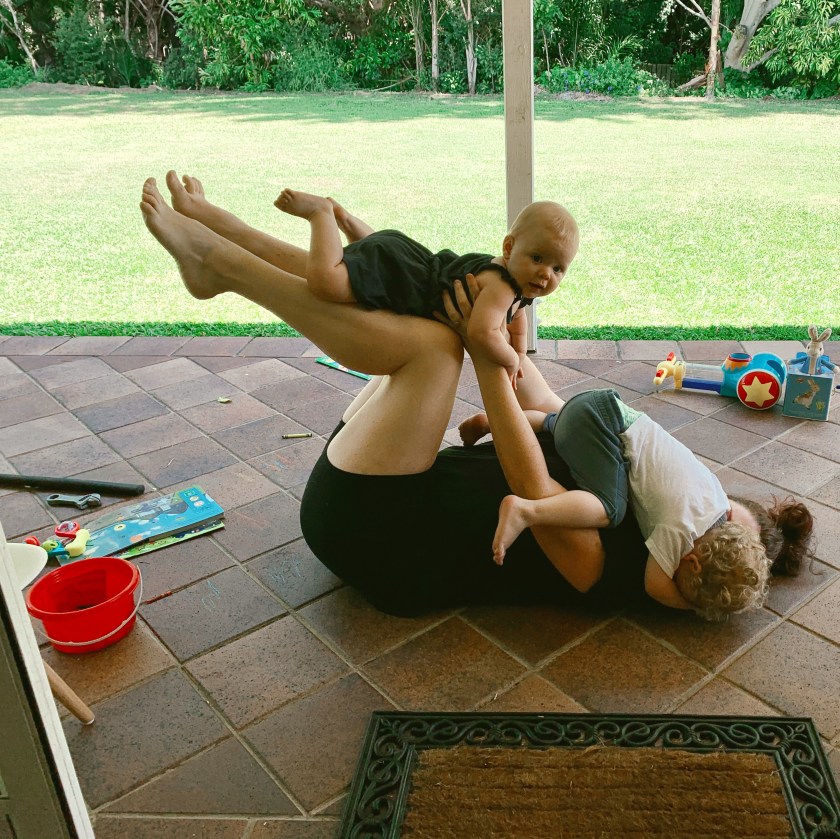
I love you both an insane amount. I’m so grateful that we’re on this crazy rollercoaster together!
Yours always,
Mama
***(edited version) Published and shared via The Grace Tales***
Three Mothers Share Letters To Their Children, In Celebration Of Mother’s Day
